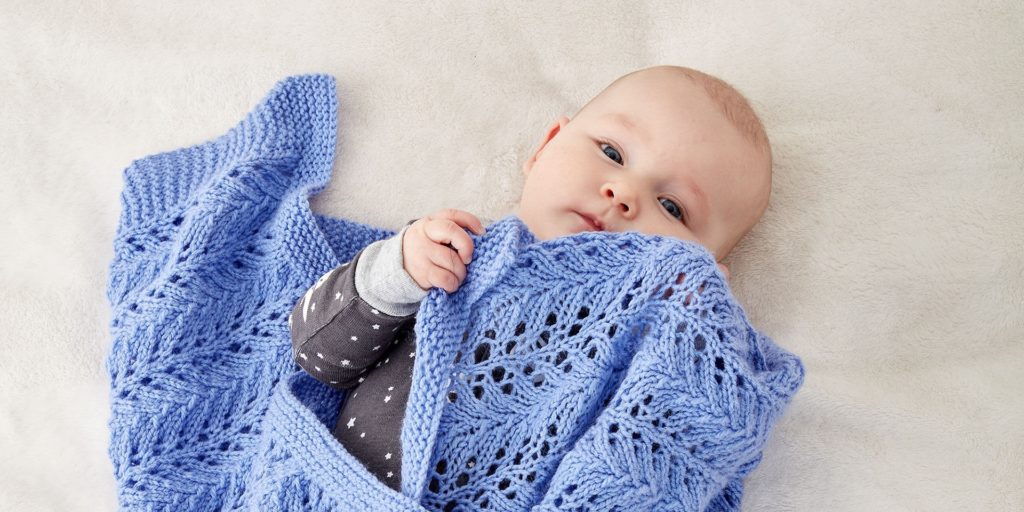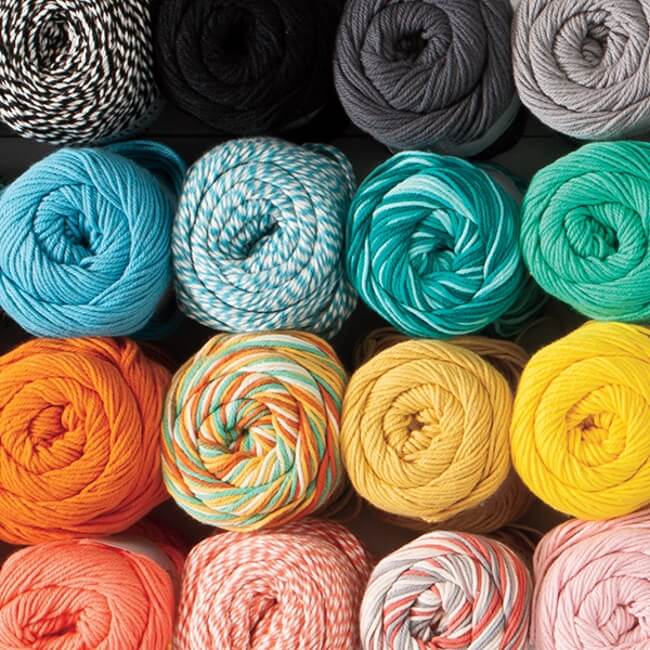

The animal-based natural fiber is known for retaining warmth since it wicks the moisture. Wool is one of the most popular yarns due to its durable and versatile nature. If you fancy knitting, you must have come across yarn vs. wool, but what makes the differences between the two? Yarn is the length of fibers that are used to make fabrics. Wool is a textile fiber that originates from animals, with the main source being fleece from sheep. Therefore, wool is also a type of yarn that is commonly used for knitting. Whether you need yarn or wool for your crocheting needs or fashionable knitting scarves, some varieties suit your needs. Wool makes great yarns that are suitable for beginners. When you are looking for something new to try, you can choose cotton yarn as it offers great options and can also have various uses.
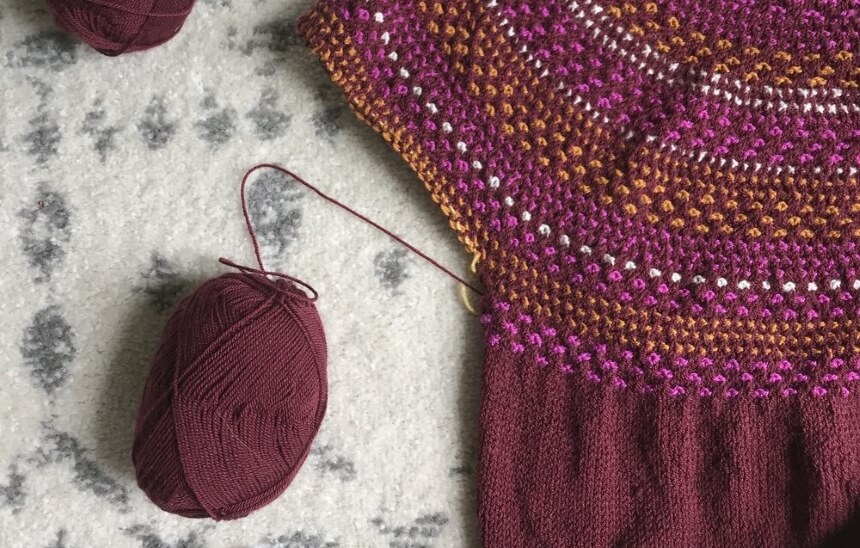
Yarn can be separated into two categories, which include filament and spun yarn.
There are two categories of fibers, which staple fibers and filament fibers.
Yarn is categorized according to structure and the way it is made. The main categories of yarn are three. They include.
Looking at most of the reviews, the strongest material must be wool and wool blend from HomeModa Studio since it features reinforced construction hence making it the most reliable option out there.
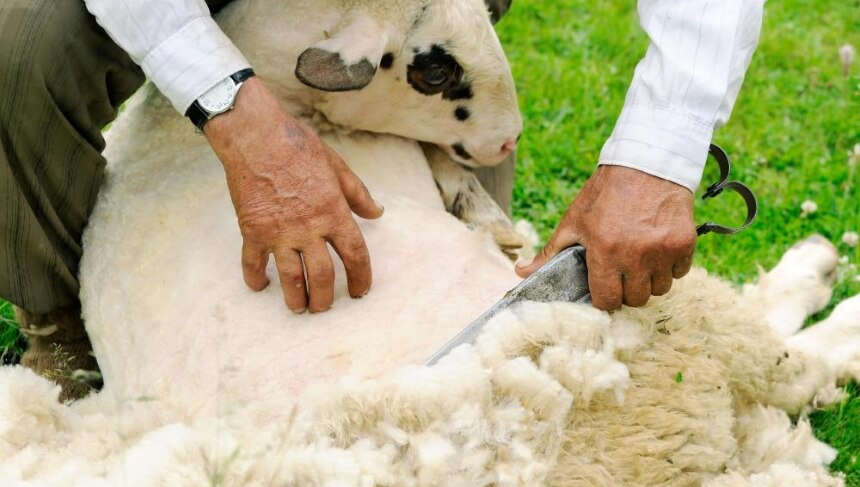
Once the wool is sheared, it is separated into various categories, including fleece, bellies, pieces, broken and locks. That is done to ensure that all the yarn has a uniform texture. The final use of the wool depends on the texture and the weave used.
The most common type of wool is alpaca, cashmere, and merino. Wool fabrics are useful in providing warmth in cold places.
Why is wool yarn great for knitting?
Wool is very popular for those who do knitting, and it happens for a good reason. To start with, wool is elastic, but it still retains its shape when stretched. Thus, it is resistant to wrinkling, making it a suitable option for knitting items that need to be elastic such as gloves. Besides, wool fiber is durable since it can withstand wear and tear. It also has resistance to abrasion, which makes it the most suitable option out there for making jumpers for kids.
Wool is also a good insulator; thus, it can keep you warm during winter while you can also stay cool during summer since it has moisture-absorbing properties.
If you are a beginner in knitting, the wool yarn is a suitable option for you. It is easy to use and easy for your joints, unlike other types of yarn. You can keep the tension while knitting, thanks to its elasticity.
Besides, it is the most versatile yarn available. You can use it for a wide range of projects as well as designs. You can use it to make stuffed animals, shawls, socks, and sweaters Trusted Source Wool - Wikipedia Wool is the textile fibre obtained from sheep and other animals, including cashmere and mohair from goats, qiviut from muskoxen, hide and fur clothing from bison, angora from rabbits, and other types of wool from camelids. en.wikipedia.org .
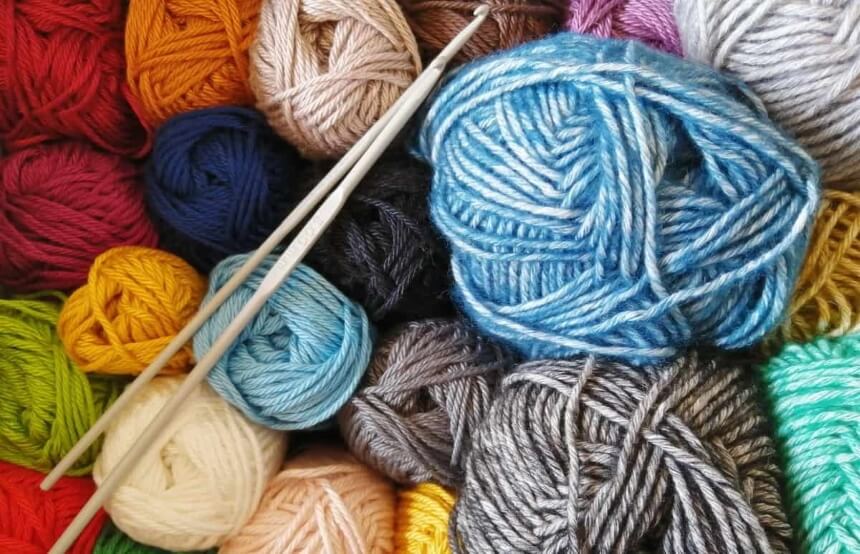
If your design pattern needs a lot of textural stitches, then you will need to have stitch definition as your priority. Thus, you can choose a smooth, bouncy yarn that will work for you. You should also do away with any yarn that hides stitches, such as mohair yarns with a strong halo.
If your design involves an item that will need to flow, such as an oversize sweater or shawl, you should look for yarn with a fluid drape. Fibers such as alpaca, silk, and viscose from bamboo will offer a great drape. The fabric is heavier, and it can stretch out, so you will need to be careful. Most designers prefer it since it helps to achieve drape.
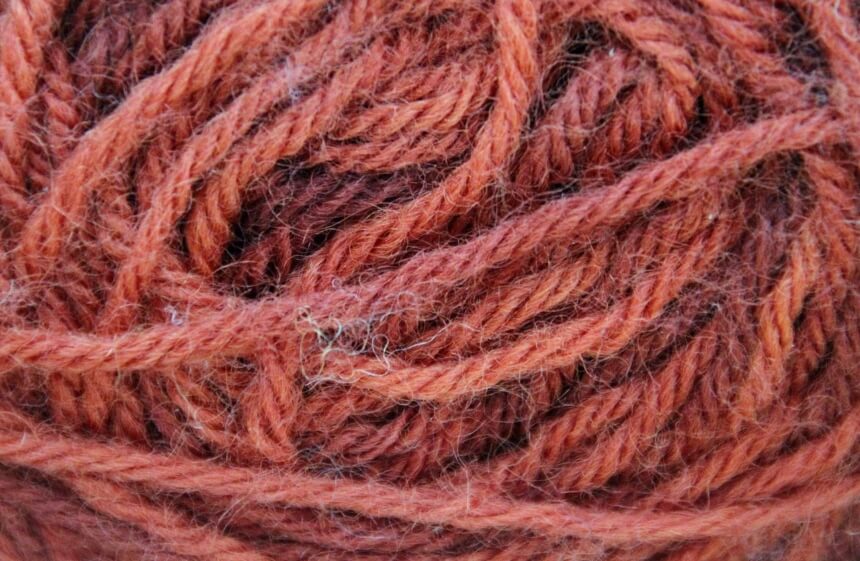
If you want to get a fluffy sweater, don’t go for the cotton yarn. Thus, the texture should be the main concern when choosing the yarn for use.
Another important factor to put into account is the colorway when choosing your yarn. Even though some designers sell their designs online or in print, either way, the maker will have to get the details of your design.
Cost is an important factor when choosing yarn for your knitting patterns. When purchasing it, you will need to look at your budget and weigh the cost across the various types available. However, at times, the designer may decide to support the business, but the main thing is your design pattern.
At times it can be tempting to design from the yarn found in the clearance, but it will be a challenge to discontinue the yarn you designed. Some makers may be comfortable making the substitution, but others may prefer to continue with the recommended yarn. Thus, it would be essential to confirm that the yarn you are using is not discontinued before deciding to move forward to use it. Therefore, it is advisable to choose a yarn that is easy to find.
If you are a beginner, you might find it hard to knit with cotton yarn, even though it is ideal for a newbie. It is also important to pick the right weight for your design. Once you choose a given pattern, you are likely to find a recommended weight for it. Also, you will need to consider what season you are planning to knit will be used.
Designing is so much fun, particularly at the start while you sketch things and figure out what they will turn out to be. But once you have the design, there is yet another task of determining the perfect yarn to use. Many designers find it challenging to implement the design since it doesn’t just entail getting a beautiful yarn. It also involves highlighting the best features for your knitting pattern. Thus, you will find this article useful as you learn about yarn vs. wool, what matters and what makes a good yarn, and factors to put into account when choosing a knitting pattern design.




